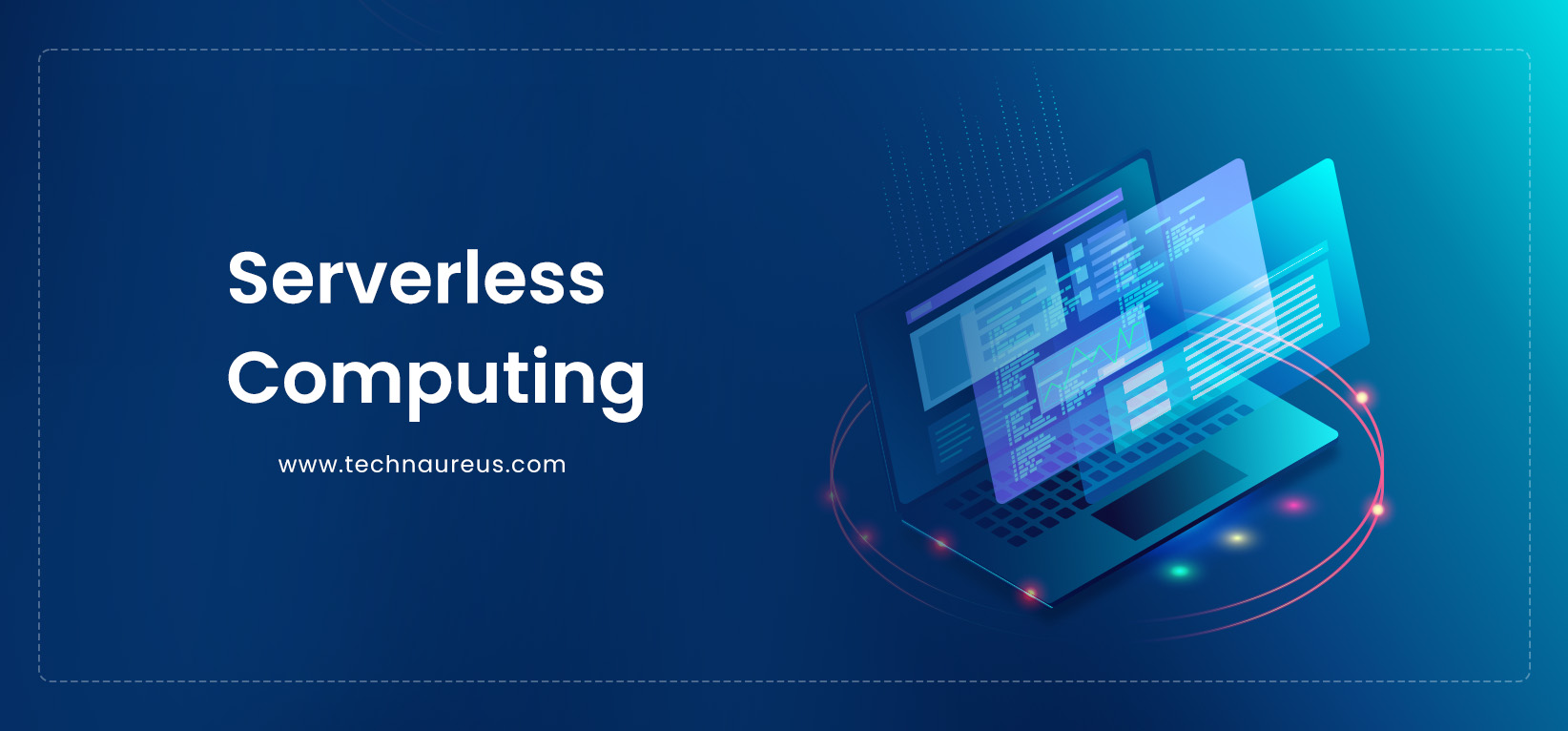Sarath lalOct. 25, 2024
Serverless computing has become a game-changer for developers and organisations alike in the rapidly changing world of technology. It promises a simplified approach to application deployment, freeing teams from the complexities of infrastructure management. We'll examine serverless computing's definition, advantages, applications, and drawbacks in this blog.
At its core, serverless computing allows developers to build and run applications without managing servers. Instead of provisioning and maintaining servers, developers can focus solely on writing code. The term "serverless" can be a bit misleading—servers are still involved, but the cloud provider manages them. This model abstracts the underlying infrastructure, allowing for automatic scaling, load balancing, and availability.
Function as a Service (FaaS): This is the most well-known component of serverless computing. FaaS allows developers to execute code in response to events, such as HTTP requests or database changes, without worrying about the underlying infrastructure.
Backend as a Service (BaaS): This component provides managed services for backend functionalities, such as databases, authentication, and storage, allowing developers to integrate these services easily.
Cost Efficiency: With serverless computing, you only pay for the actual compute time your code consumes. This model eliminates the need to pay for idle server time, making it a cost-effective option for many applications.
Automatic Scaling: In response to demand, serverless platforms automatically scale resources up or down.This means that during peak usage times, your application can handle increased load without manual intervention.
Faster Time to Market: Developers can rapidly prototype and deploy applications without worrying about server configurations. This speed enables businesses to bring their products to market faster.
Simplified Operations: With the cloud provider managing the infrastructure, teams can focus more on coding and less on operations, reducing the operational burden and allowing for greater innovation.
Event-Driven Architecture: Serverless computing is inherently event-driven, making it ideal for applications that require real-time processing, such as chat applications or IoT systems.
Microservices: Serverless architecture is perfect for building microservices, where each service can be developed, deployed, and scaled independently.
Data Processing: Serverless functions can be triggered by data changes in databases or data lakes, making it a suitable option for real-time data processing applications.
API Backends: Serverless is an excellent choice for creating lightweight APIs that respond to HTTP requests, enabling easy integration with web and mobile applications.
Web Applications: Frontend applications can benefit from a serverless backend, providing seamless user experiences without the need for extensive backend infrastructure.
Chatbots and Voice Assistants: Serverless computing can handle the varying loads of conversational applications, allowing for quick responses and dynamic scaling.
Although serverless computing has many benefits, there are drawbacks as well:
Cold Starts: When a serverless function hasn’t been invoked for a while, it may take longer to start, leading to latency issues. This is often referred to as a “cold start” problem.
Vendor Lock-In: Different cloud providers have their own implementations and features, which can make it difficult to switch providers without significant refactoring.
Debugging and Monitoring: Traditional debugging tools may not work as effectively in a serverless environment, making it challenging to monitor and troubleshoot applications.
Limited Execution Time: Most serverless functions have execution time limits, which can be a constraint for long-running processes.
Security Considerations: As with any cloud-based solution, security is a concern. Ensuring proper access controls and data protection is essential.
Serverless computing is revolutionizing how developers approach application development and deployment. By removing the complexities of infrastructure management, it allows teams to focus on what they do best: writing code and innovating. However, like any technology, it comes with its own set of challenges that organizations must consider. As cloud technologies continue to evolve, serverless computing is poised to play a significant role in shaping the future of application development.


0